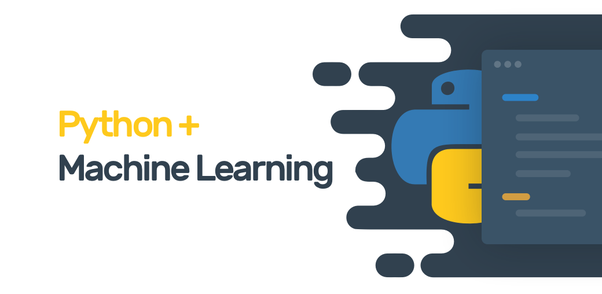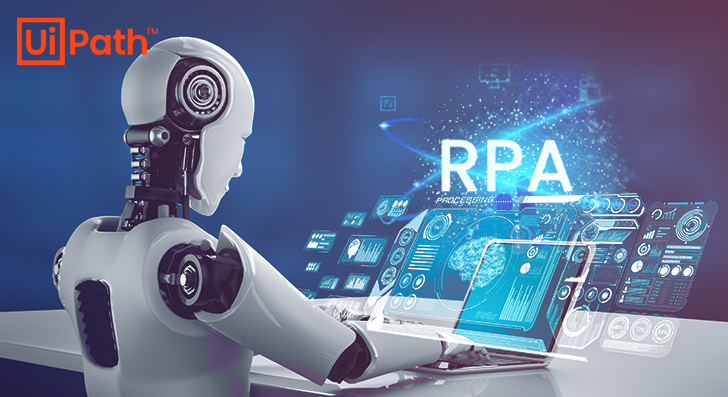Description
Introduction:
Machine learning at scale is a powerful capability that allows organizations to derive insights and make predictions from massive datasets. This course is designed to teach you how to leverage Apache Spark and Java for scalable machine learning. Apache Spark provides a robust framework for distributed data processing and advanced analytics, and combining it with Java allows you to build high-performance machine learning pipelines that can handle large volumes of data efficiently.
Participants will explore the fundamentals of machine learning with Spark MLlib, learn how to implement scalable machine learning algorithms, and understand how to optimize and deploy these models in a distributed environment. The course includes hands-on exercises and real-world projects to ensure practical experience in building and managing scalable machine learning applications.
Prerequisites of Machine Learning
- Proficiency in Java programming
- Basic understanding of Apache Spark (core concepts such as RDDs, DataFrames, and Datasets)
- Familiarity with machine learning concepts and algorithms
- Experience with data processing and analysis
- Understanding of distributed computing principles (optional, but beneficial)
Table of Contents
Conclusion
In conclusion, scalable machine learning with Apache Spark and MLlib enables efficient processing of large datasets and complex models. By leveraging Spark’s distributed computing power, organizations can build, train, and optimize machine learning pipelines seamlessly. This approach empowers data scientists to enhance model performance and streamline analytics workflows for real-world applications.







Reviews
There are no reviews yet.